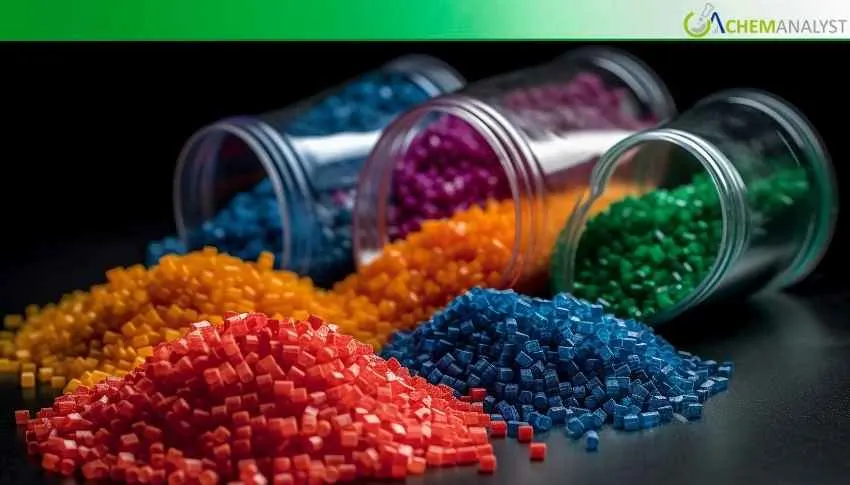Welcome To ChemAnalyst

In Asia, Acrylonitrile Butadiene Styrene (ABS) prices continued to fall during the last week of October 2025, under pressure from weak demand and high inventory levels. ABS producers maintained production levels that kept the market long. Upstream materials provided minimal cost support; acrylonitrile and butadiene both fell on loose supply and weak demand, while styrene posted only minor gains on continuing weakness in crude oil. Downstream demand continued to sluggish, particularly for electrical appliance housing, and exports were slow. Traders and producers were offering discounts to clear out inventory. Analysts expect downward pressure to continue into November.
The Asia ABS price further reduced its downtrend in the last week of October 2025, as it has been seeing continuously weak demand and as supply in the market is high. It reflects stable production level, an output of high inventories, and weak cost support from the upstream materials.
On the supply side, the operating rate of domestic ABS industry has kept stable overall in October with some slight fluctuations. In details, Shandong Haijiang lowered its load, and other polymerization plants reported no large-scale maintenance. Zhejiang Petrochemical planned to raise production and Huajin Chemical is getting prepared to restart the front line. Driven by stable weekly output, ABS inventory kept at a high level, with an abundant on-site supply. The long supply pattern has loosened up the support to ABS spot prices, and producers and traders are faced with pressure in stock releasing.
Cost factors also weighed heavily on the ABS market. Acrylonitrile prices continued to decline with supply still loose and demand at a low level. Purchases were made only based on demand, and manufacturers lowered their prices to stimulate transactions. Butadiene markets were even further weakened due to poor downstream demand in synthetic rubber and increased supply from restarted facilities. Transaction activity was sluggish, with very few purchases made and weak purchasing intentions. Styrene showed a slight rebound at the end of October but saw resistance from falling crude oil prices and high port inventories. In general, the three upstream materials were all weak, which further eroded the cost support of ABS, reinforcing the downward pressure.
On the demand side, downstream factories were running at average loads, but consumption of ABS remained sluggish. The electrical appliance housing industry, a key consumer of ABS, remained in a dormant state, and there was no increase in production scheduling. Export performance was poor, and caution prevailed in the external markets. Shipping pressure was felt due to the accumulation of inventory at the aggregation plants while merchants also held high stock levels. Under such conditions, both enterprises and traders gave discounts to secure orders, which further dragged the ABS prices down. Overall, the stocking logic was focused on urgent replenishment rather than active procurement, resulting in slow movement of goods in the market.
As per ChemAnalyst, the ABS market is seen to continue to face pressure in the short term. With weak upstream materials, stable production loads, and un-recovering demand, a bullish fundamental is unlikely to appear. The traditional peak season also failed to provide momentum, and many industry participants became bearish for near-term prospects. Unless supply tightens or demand improves substantially, the prices of ABS in Asia will likely continue their downtrend into November.
We use cookies to deliver the best possible experience on our website. To learn more, visit our Privacy Policy. By continuing to use this site or by closing this box, you consent to our use of cookies. More info.
